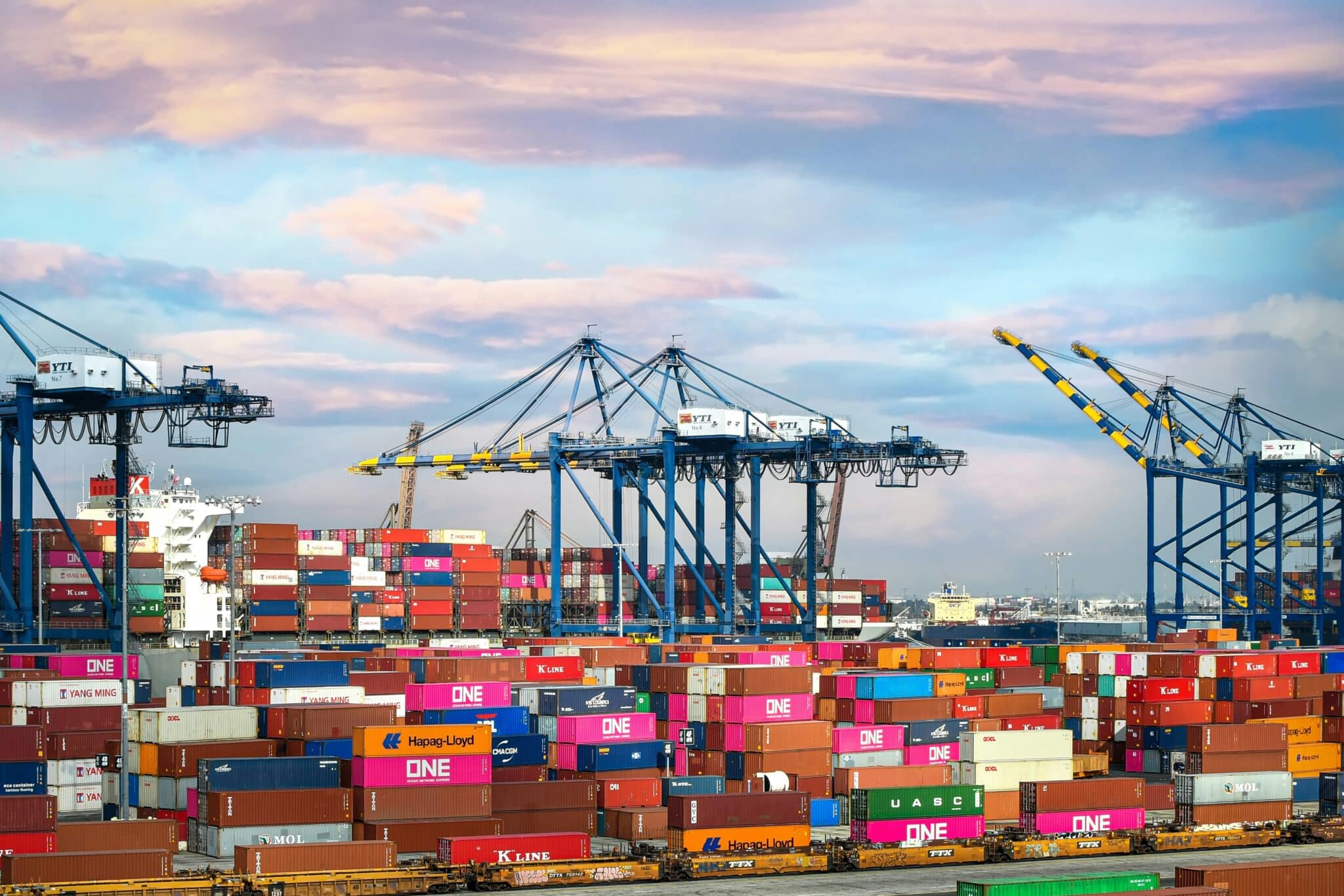We’ve illustrated how important it is to remove vulnerabilities to your supply chain by targeting threats in the areas of demand planning, inventory management and financial fragility in order to increase resilience and build the momentum required to promote recovery. But whereas demand fluctuation and the issues around excess inventory are caused by a host of external factors, the final major challenge to your organisation’s resilience that we are going to consider is an internal influence – your team’s reliance on spreadsheets.
How is using spreadsheets for planning leading your business to stall in the lower gears and leaving you more exposed to other threats?
Decisions, decisions
Building robust supply chain management capabilities is more important than ever. In the face of the compound challenges we’ve discussed, your system must be designed to cope with uncertainty and disruption whilst still equipping you to make the right inventory optimization decisions.
The task of having the numbers to hand to make thousands of decisions across your product lines on a weekly, or even daily, basis is virtually unachievable within a spreadsheet-based setup. The data all exists within your ERP system but the extraction and manipulation of this information will require a tangled web of spreadsheets across your organisation and ties up a huge amount of man hours.
Balancing act
The vital resource of your team’s time is already likely stretched to capacity at the moment. There are two key pressure points – a drive from the top for cost reductions wherever possible and ever-increasing consumer expectations. Attempting to balance both of these pressures, in the face of added uncertainty within a global crisis, has required many teams to move into unsustainable working patterns of extended hours just to keep on top of the complex situation.
Step it up a gear
It’s clear that to be functioning in the higher gears with momentum and efficiency of effort you need a comprehensive sales and operations planning solution in place. When we remember the research we’ve previously shared that estimates that 94% of spreadsheets contain errors and again recognise their lack of capability within a multi-dimensional approach, and it’s easy to reach the conclusion that Excel just isn’t powerful enough to provide the solution you need.
For those organisations ready to move forward on the road to recovery, S&OP software like AGR is an efficient and cost-effective way of reducing reliance on spreadsheets. AGR centralises all planning processes and automates inventory forecasting to increase the reliability of data insights and release man hours for more valuable activities.
Let us show you the impact that the AGR software can have on your supply chain optimization – get in touch today to see just how much of a difference it could be making to your resilience.





